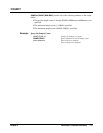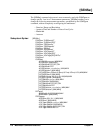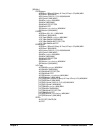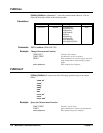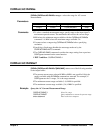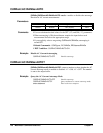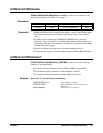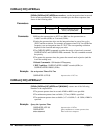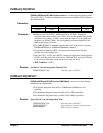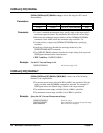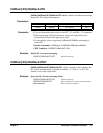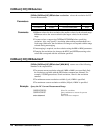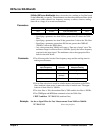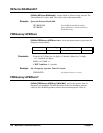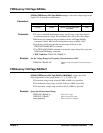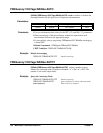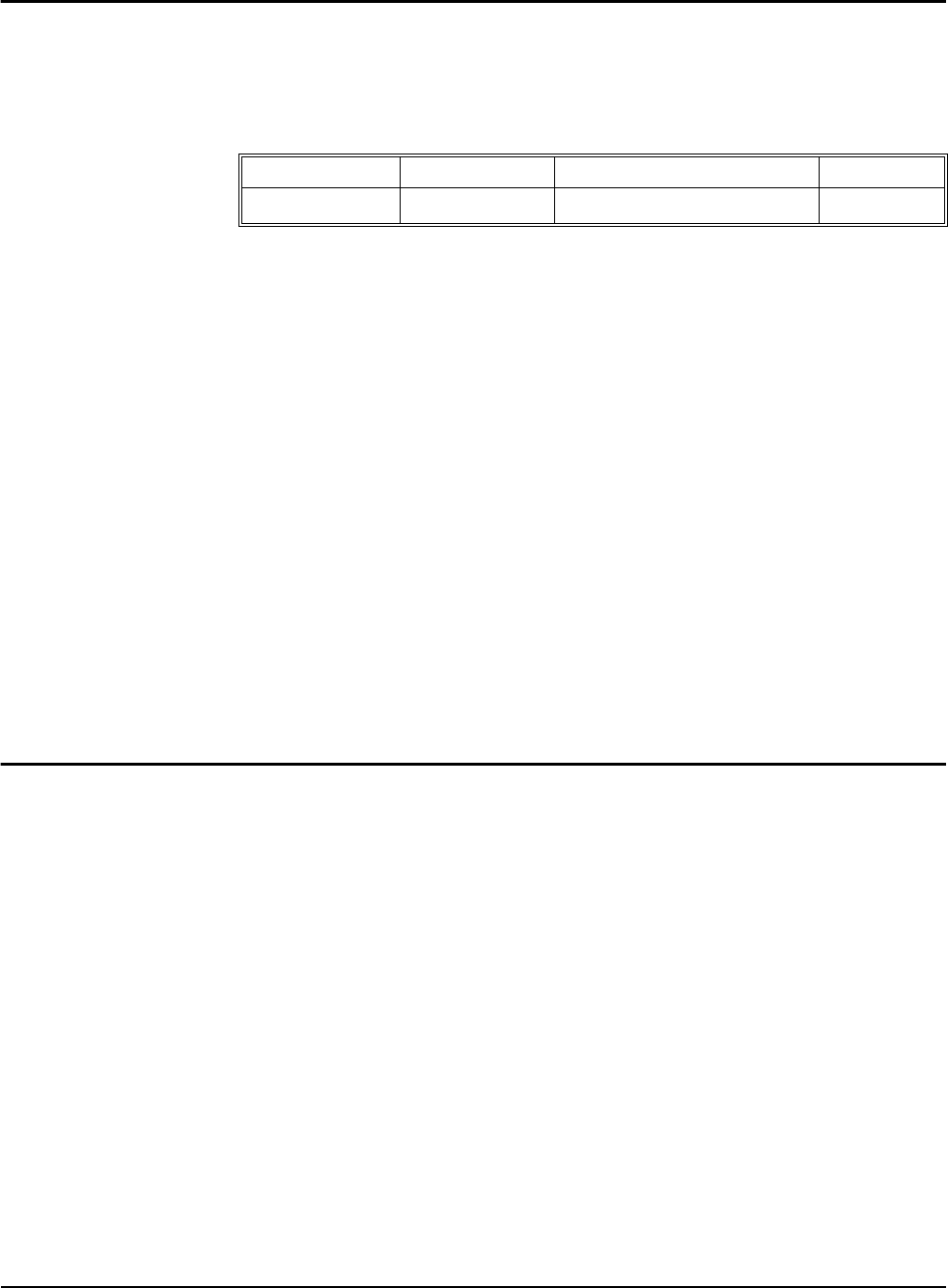
Multimeter Command Reference 123Chapter 3
CURRent[:DC]:NPLC
[SENSe:]CURRent[:DC]:NPLCycles <number> sets the integration time in power
line cycles (PLCs). Values are rounded up to the nearest number of PLCs shown in
the following table.
Parameters
Comments • MINimum selects 0.02 PLCs. MAXimum selects 100 PLCs. Setting the
integration time in power line cycles (PLCs) also sets the aperture time and the
resolution. For example, 10 PLCs sets an aperture time of 167ms (60Hz line
frequency) or 200ms (50Hz). The corresponding resolution depends on the
function and range you select.
• The CURR:DC:NPLC command overrides the results of previously executed
CURRent:APERture or CURRent:RESolution command.
• The greater the number of PLCs, the greater the normal mode rejection
(and the lower the reading rate).
• Only the 1 PLC, 10 PLC and 100 PLC settings provide normal mode rejection
of 50Hz or 60Hz power line related noise. Fractional PLC settings of 0.02 and
0.2 do not provide normal mode rejection of power line noise.
• *RST Condition: 10 PLC
Example Set the DC Current Integration Time in PLCs
CURR:DC:NPLC 100
Integration time is 100 PLCs.
CURRent[:DC]:NPLC?
[SENSe:]CURRent[:DC]:NPLCycles? [MIN|MAX] returns one of the following
numbers to the output buffer:
• The present integration time in PLCs if MINimum or MAXimum is not
specified.
• The minimum integration time available (0.02) if MIN is specified.
• The maximum integration time available (100) if MAX is specified.
Example Query the DC Current Integration Time
CURR:DC:NPLC 100
Integration time is 100 PLCs.
CURR:DC:NPLC?
Query multimeter to return integration time.
enter statement
Enter value into computer.
Parameter Name Parameter Type Range of Values Default Units
<
number>
numeric 0.02|0.2|1|10|100|MIN|MAX PLCs



